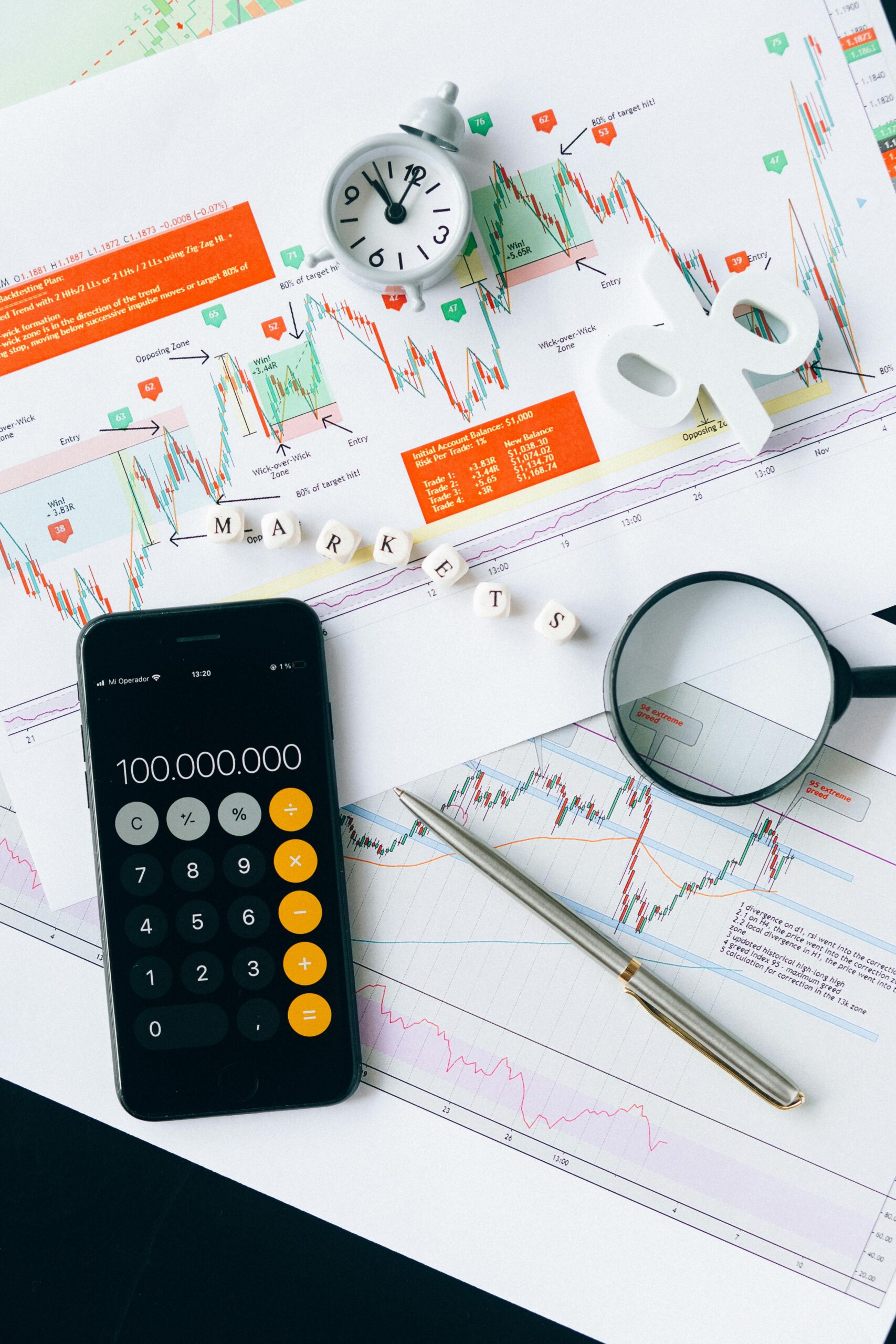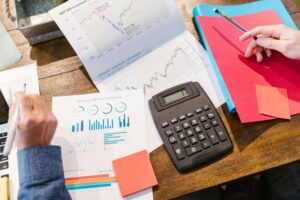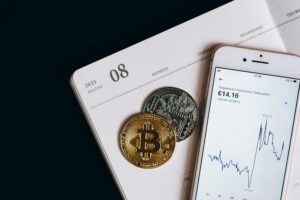Finance and Market Prediction: The Science, Strategies, and Future of Forecasting
Introduction
Finance has always been a discipline deeply tied to prediction. Investors, traders, and institutions thrive—or collapse—based on their ability to anticipate the direction of markets. From ancient merchants forecasting seasonal demand for grain to modern hedge funds running high-frequency trading algorithms, market prediction has been the holy grail of finance.
But predicting financial markets is notoriously difficult. Markets reflect not only economic fundamentals but also human psychology, geopolitics, technological disruptions, and unexpected events—“black swans.” Yet, advances in statistical modeling, machine learning, behavioral economics, and big data have significantly improved our ability to forecast financial trends.
This article explores the theory, methods, challenges, and future of finance and market prediction, providing a comprehensive look at how forecasting is shaping global markets today and what lies ahead.
1. Why Market Prediction Matters
1.1 For Investors and Traders
Predicting markets allows traders to position themselves advantageously. Even small forecasting advantages can lead to outsized profits, especially in derivatives or leveraged positions.
1.2 For Policymakers
Governments and central banks rely on macroeconomic forecasting to set interest rates, manage inflation, and stabilize economies.
1.3 For Businesses
Corporations use financial prediction models to forecast currency risks, commodity price fluctuations, and consumer demand. For instance, airlines hedge fuel costs based on oil price forecasts.
1.4 For Everyday People
Retirement planning, mortgage decisions, and investment in mutual funds are all shaped by market outlooks. Prediction tools make finance more accessible to individuals.
2. Historical Context of Financial Prediction
Prediction in finance is not new—it dates back thousands of years.
-
Babylonian traders observed agricultural cycles to predict grain prices.
-
In 17th-century Amsterdam, merchants speculated on tulip prices in what became the first recorded market bubble.
-
20th-century Wall Street introduced charting techniques (technical analysis) and statistical models for stock forecasting.
With the digital revolution of the 21st century, predictive methods shifted from manual chart reading to algorithmic models using artificial intelligence and massive datasets.
3. Methods of Market Prediction
3.1 Fundamental Analysis
This involves studying the intrinsic value of assets by analyzing financial statements, earnings, industry outlook, and macroeconomic conditions.
-
Example: Predicting Tesla’s stock value based on EV demand, production capacity, and profit margins.
3.2 Technical Analysis
Technical analysts rely on historical price charts and trading volume to identify patterns and trends.
-
Tools include moving averages, Fibonacci retracements, and momentum oscillators.
3.3 Quantitative Models
Quant finance uses mathematical and statistical models to predict asset prices.
-
Examples: Black-Scholes model for options pricing, Monte Carlo simulations, and regression models.
3.4 Behavioral Finance
Markets aren’t always rational. Investor psychology—fear, greed, and herd behavior—affects asset prices.
-
Example: Panic selling during COVID-19 led to massive volatility, despite long-term fundamentals.
3.5 Machine Learning and AI
Modern finance increasingly depends on AI-powered algorithms that analyze massive datasets in real time.
-
Neural networks detect non-linear relationships.
-
Natural language processing (NLP) scans news headlines and social media sentiment.
-
Reinforcement learning powers automated trading bots.
3.6 Alternative Data
Predictive models now incorporate non-traditional data sources, such as:
-
Satellite imagery (tracking retail store traffic or oil tanker movements).
-
Social media sentiment.
-
Weather patterns (affecting agriculture and energy markets).
4. Challenges in Finance and Market Prediction
4.1 Market Efficiency
According to the Efficient Market Hypothesis (EMH), markets incorporate all available information, making consistent outperformance nearly impossible.
4.2 Black Swan Events
Unpredictable events—wars, pandemics, natural disasters—can crash even the best models.
4.3 Overfitting in Models
AI models risk overfitting, where predictions work well on past data but fail in the real world.
4.4 Data Bias
Biased data leads to biased predictions, especially in AI-driven finance.
4.5 Regulatory and Ethical Concerns
High-frequency trading and predictive algorithms raise concerns about fairness, transparency, and systemic risk.
5. Case Studies in Market Prediction
5.1 The 2008 Financial Crisis
Most prediction models failed to anticipate the collapse of mortgage-backed securities, revealing weaknesses in risk modeling.
5.2 Renaissance Technologies
This hedge fund, founded by mathematician James Simons, successfully uses quantitative models and AI to consistently beat markets.
5.3 Predictive Failures During COVID-19
Traditional models failed during the pandemic, but real-time data analysis and sentiment tracking helped adaptive funds stay profitable.
5.4 Cryptocurrency Forecasting
Bitcoin and other digital assets highlight prediction difficulties due to high volatility and lack of fundamentals. However, social sentiment analysis plays a significant role.
6. Emerging Technologies in Market Prediction
6.1 Artificial Intelligence & Deep Learning
-
Models that can process vast unstructured datasets.
-
Self-learning systems adapt to new market conditions.
6.2 Quantum Computing
Quantum algorithms could drastically speed up portfolio optimization and risk analysis.
6.3 Blockchain and Decentralized Finance (DeFi)
Prediction markets built on blockchain (e.g., Augur, Polymarket) allow collective intelligence to forecast outcomes.
6.4 Internet of Things (IoT) Data
Real-time shipping, logistics, and production data feed into commodity and supply chain predictions.
7. The Human Element in Market Prediction
Despite technological advances, human intuition and judgment remain crucial.
-
Traders often override algorithms in crises.
-
Behavioral insights help interpret data that models may misread.
Hybrid approaches—where human expertise complements AI prediction—are proving most effective.
8. The Future of Finance and Market Prediction
8.1 Personal AI Financial Advisors
Retail investors will use AI-powered assistants for personalized portfolio management.
8.2 Real-Time Global Prediction Models
Integrated global data networks may allow live financial forecasting across currencies, commodities, and equities.
8.3 Ethical AI in Finance
Transparency, fairness, and responsible AI adoption will be critical in building trust.
8.4 Market Prediction as a Public Good
Central banks may use open AI models to provide citizens with accurate financial forecasts.
9. Practical Tips for Using Prediction in Finance
-
Diversify – Even the best predictions fail sometimes.
-
Use Multiple Models – Combine technical, fundamental, and AI-based approaches.
-
Monitor Sentiment – News and social media often drive short-term movements.
-
Plan for Uncertainty – Always have stop-loss and risk management strategies.
-
Stay Updated – Predictive models lose accuracy if not recalibrated.
Conclusion
Finance and market prediction sit at the intersection of economics, psychology, mathematics, and technology. While perfect prediction remains elusive, advances in AI, machine learning, and alternative data sources are revolutionizing forecasting.
But prediction will never be foolproof. Uncertainty, human emotion, and black swan events ensure that financial markets retain an element of unpredictability. The future lies in hybrid systems—where machines process massive data at scale, and humans provide context, judgment, and ethical oversight.
In the coming decades, market prediction may evolve from a speculative advantage into a tool for stability, fairness, and economic resilience. Those who learn to balance predictive technology with sound financial judgment will be best positioned to thrive in the future of global finance.
https://bitsofall.com/ai-models-will-become-more-capable-and-useful/
Agents Will Change the Shape of Work: How Autonomous AI is Redefining the Future Workplace






